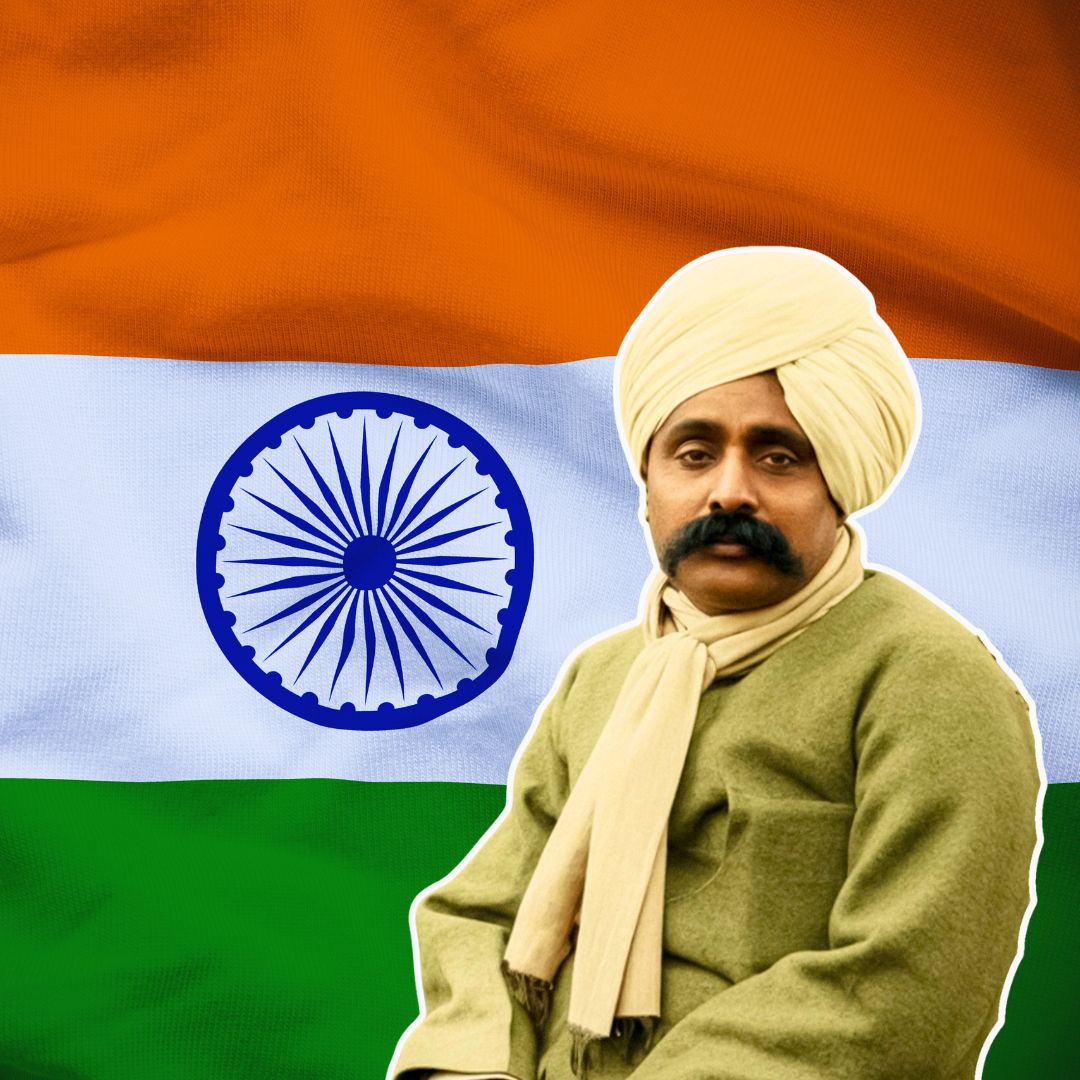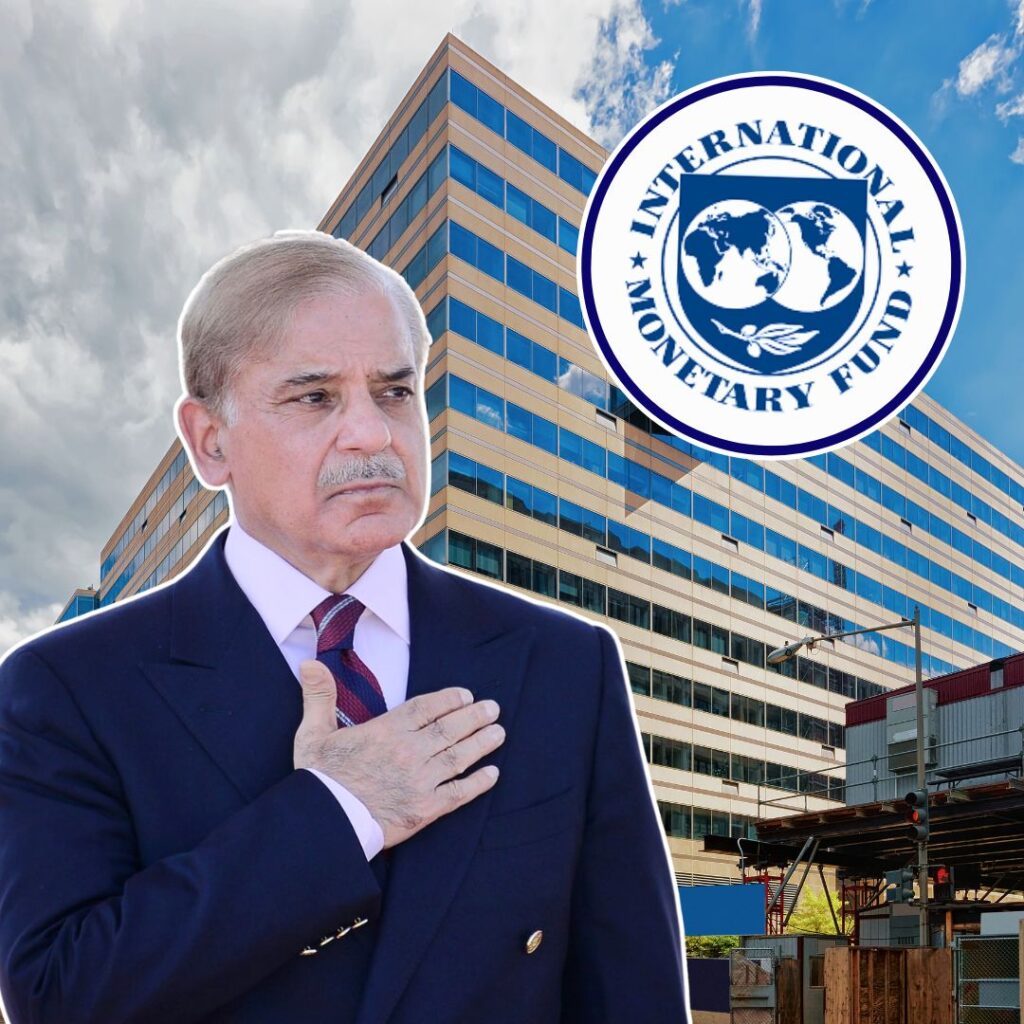India observes the 97th death anniversary of Lala Lajpat Rai on November 17, 2025, paying tribute to one of the nation’s foremost freedom fighters and social reformers.
Ceremonies, official statements, and public commemorations unfold across the country, with leaders and citizens reflecting on Rai’s sacrifice, values, and continuing relevance.
Rai’s life, tragic death during the Simon Commission protest, and legacy as ‘Punjab Kesari’ remain central to conversations about justice and patriotic duty.
National Tributes and Ceremonies: Honouring Punjab Kesari
Across India, floral tributes, memorial gatherings, and educational events marked Lala Lajpat Rai’s death anniversary.
In Rai’s birthplace, Dhudike in Punjab, local communities and officials held solemn ceremonies, recalling his contributions to civic rights and dignity. Punjab Cabinet Minister Harpal Singh Cheema said, “Rai’s vision and courage are a national treasure-his legacy reminds us to stand united against injustice”.
Public events took place at cultural centres and historical sites-especially those named after Rai, such as Lala Lajpat Rai Memorial Medical College in Meerut and Lala Lajpat Rai University of Veterinary & Animal Sciences in Hisar.
Schools and colleges launched essay competitions and seminars educating the next generation about Rai’s efforts for freedom and reform. Social media, too, was abuzz with tributes and engaging posts, many under trending hashtags celebrating ‘Punjab Kesari.’ Senior citizens and youth alike shared anecdotes about Rai’s activism and courage.
Who Is Lala Lajpat Rai
Lala Lajpat Rai popularly known as “Punjab Kesari” or the “Lion of Punjab,” was a prominent Indian freedom fighter, revolutionary, social reformer, politician, journalist, and author who played a crucial role in India’s struggle for independence from British rule.
Born on January 28, 1865, in Dhudike, Punjab, Rai was a leader of the nationalist movement and part of the famous Lal-Bal-Pal trio, alongside Bal Gangadhar Tilak and Bipin Chandra Pal, known for their radical approach to achieving self-rule.
Rai was deeply committed to social reforms, including education and workers’ rights, and advocated for Indian autonomy through active protest against British policies. He founded institutions like the Punjab National Bank and the Hindu Orphan Relief Movement to strengthen Indian self-reliance and social welfare.
His nationalist activism included leading protests against colonial injustices, most notably the Simon Commission in 1928, which led to Rai suffering fatal injuries during a police baton charge in Lahore. Despite his injuries, he famously declared that the blows inflicted on him would be the “nails in the coffin of British rule.” He passed away on November 17, 1928.
Rai’s leadership, courage, and sacrifice inspired numerous freedom fighters and remain a symbol of resistance and patriotism in India. He was also an influential writer and educator, promoting nationalist ideals and social reform.
His legacy continues to be celebrated across India, particularly for his unwavering spirit in the fight against colonial oppression and his vision for a just and progressive nation.
Leadership, Sacrifice, and Lasting Impact
Widely recognised as ‘Punjab Kesari’ (Lion of Punjab), Lala Lajpat Rai was not just a visionary nationalist but a transformative social reformer. Born in 1865, he rose to prominence as a member of the Lal-Bal-Pal trio along with Bal Gangadhar Tilak and Bipin Chandra Pal, championing Swadeshi and non-cooperation to counter colonial rule.
Rai’s efforts led to the founding of institutions such as Punjab National Bank and DAV College-cornerstones for education and economic empowerment.
In 1928, Rai galvanised the anti-Simon Commission movement, protesting against the commission’s exclusion of Indian representatives. The historic demonstration in Lahore saw a brutal police baton charge ordered by British officer James A. Scott.
Rai sustained grave injuries but addressed crowds, declaring, “Every blow on my body will prove a nail in the coffin of British rule.” He passed away a few weeks later, on November 17, 1928-his death, a clarion call that intensified the freedom struggle.
His influence extended beyond politics-he condemned atrocities like the Jallianwala Bagh massacre and advocated for the rights of workers, women’s education, and communal harmony.
Rai’s activism inspired subsequent revolutionaries, including Bhagat Singh and his associates, who vowed to avenge their leader’s death, cementing Rai’s martyrdom in the annals of history.
Contemporary Relevance: Rai’s Ideals in Modern India
Official commemorations in 2025 echoed the importance of continuing Rai’s legacy, especially in contemporary challenges. Leaders from national and state governments reaffirmed their commitment to uphold values of justice and dignity, using the occasion to remind citizens about the sacrifices made for liberty and self-worth.
Youth organisations and social media influencers called for proactive steps against modern social injustices, inspired by Rai’s unwavering stance.
Institutions such as Punjab National Bank, DAV College, and memorial sites organised year-round educational programmes and seminars spotlighting Rai’s advocacy for equality and self-reliance. Activists stressed the need to address issues of poverty, illiteracy, and discrimination, drawing lessons from Rai’s life story.
The use of digital platforms amplified his quotes and ideas, with trending hashtags like #PunjabKesari and #LalaLajpatRai97 reminding diverse audiences that Rai’s teachings belong to every Indian.
Public forums encouraged constructive debate about responsible citizenship and legacy-building. For many teachers, parents, and students, Rai’s example remains a powerful motivator to speak against injustice, invest in education, and strengthen community ties.
Scholars suggested that periodic commemorations help bridge generational gaps, making history accessible and relevant to all.
The Logical Indian’s Perspective
The life and legacy of Lala Lajpat Rai offer a blueprint for courage, inclusiveness, and social transformation. The Logical Indian believes that true homage to freedom fighters like Rai lies in continued action-championing empathy, justice, and harmony.
As debates over national identity and social reform continue to shape India’s journey, Rai’s sacrifice inspires us to combine remembrance with responsible citizenship.
Remembering the great freedom fighter Punjab Kesari Lala Lajpat Rai on his death anniversary.
— Governor Odisha (@GovernorOdisha) November 17, 2025
His courage during the protest against the Simon Commission and unwavering dedication to India’s freedom continue to inspire generations. pic.twitter.com/0sO7UDRA4U












